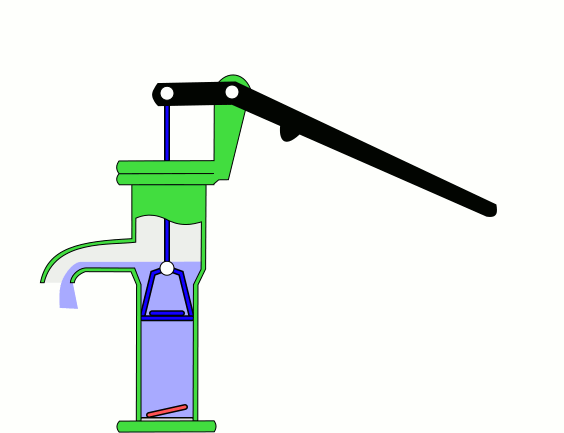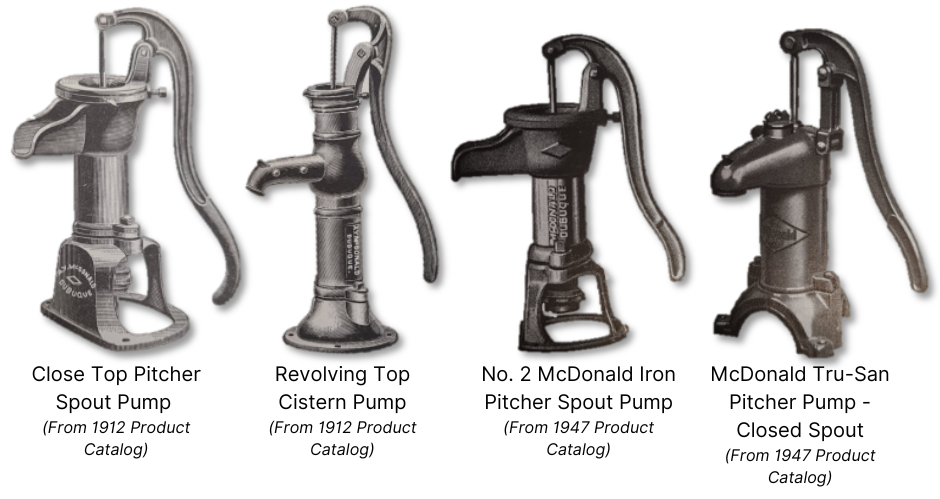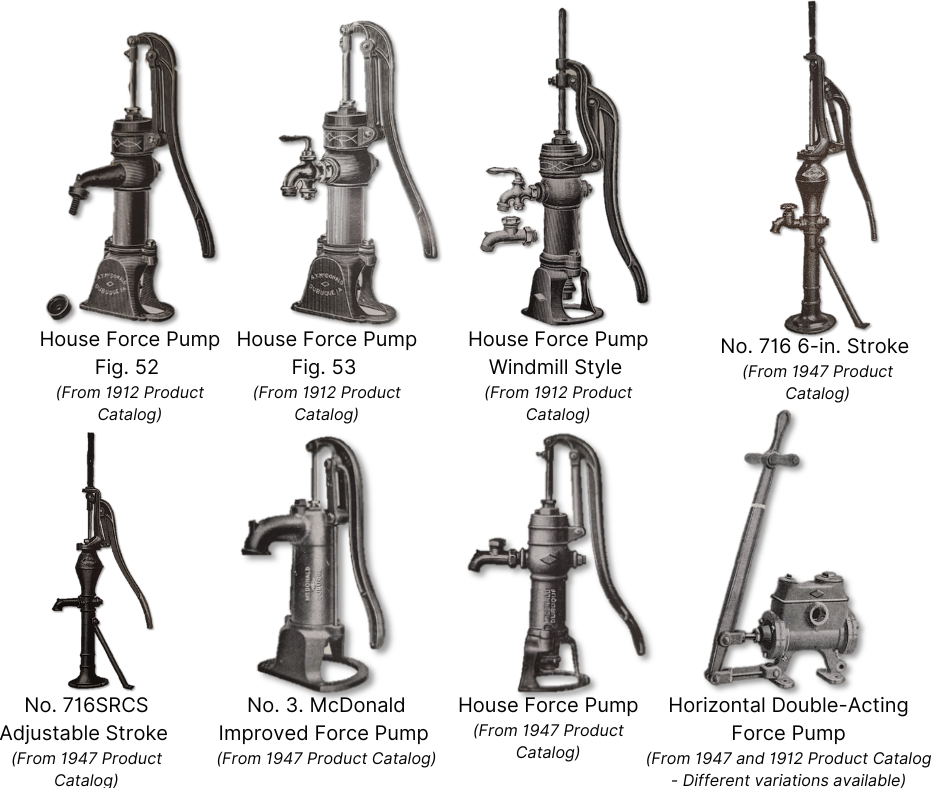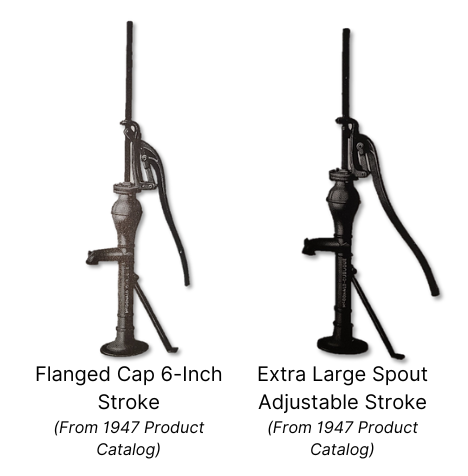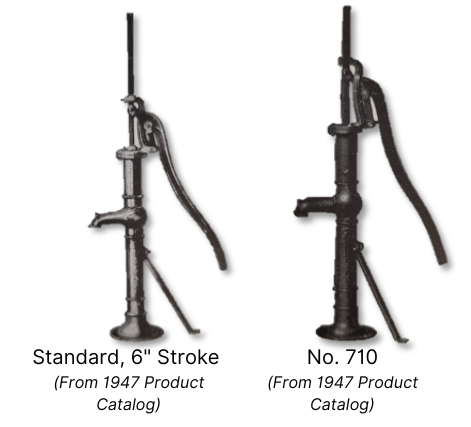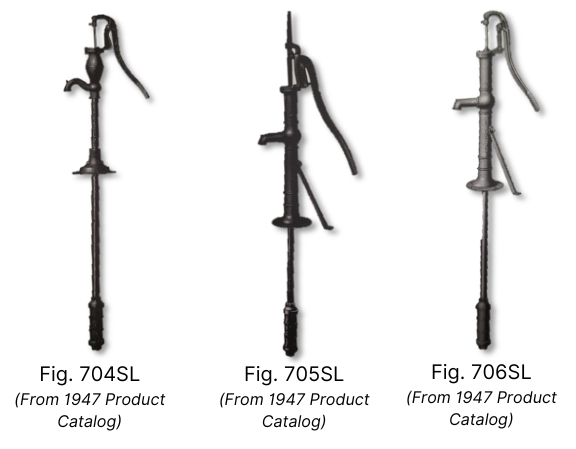Get a Handle on the History of Hand Pumps
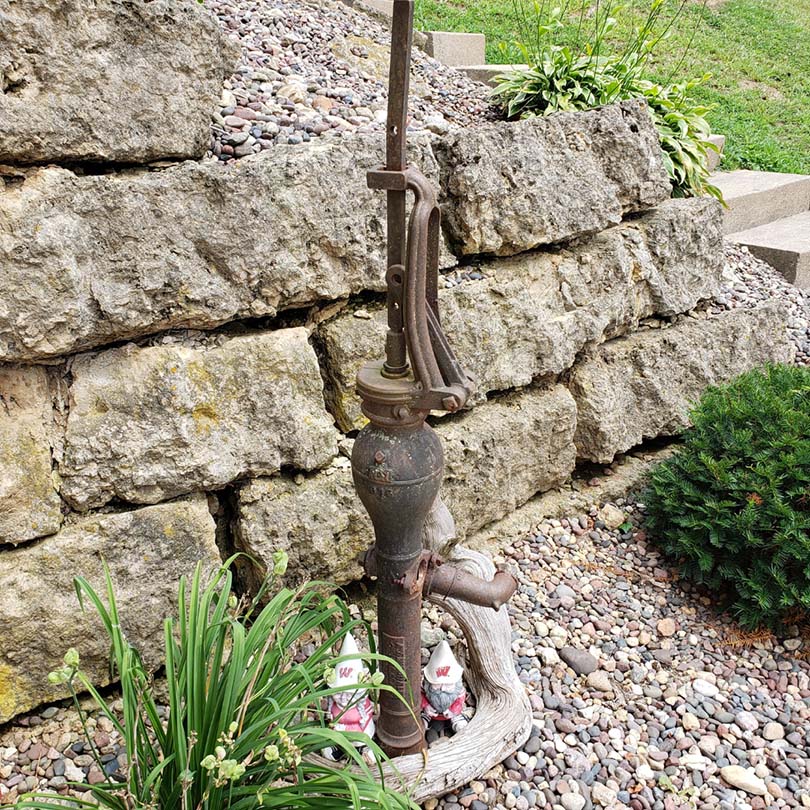
Get a Handle on the History of Hand Pumps
“No water, no life. No blue, no green.” – Sylvia Earle
Due to the importance that water holds in our everyday lives, the act of locating, extracting, and transporting this resource is a large part of human survival. One method for achieving all of these is the use of water wells to capture groundwater from where it’s located beneath the land’s surface, especially when paired with a hand pump.
Hand pumps are one of the most ancient water-lifting devices that have been used for thousands of years. In recent centuries, these devices were often installed over community water wells in the days before piped water supplies. During the Industrial Revolution (1760 – 1840), hand pumps became a common sight in Europe and North America. They were used for a variety of applications, including pumping water from wells, cisterns, and water tanks.
A hand pump works by creating a vacuum that draws water up from a well or other water source, such as a borehole. The pump has a piston or plunger that moves up and down inside a cylinder, creating suction that draws water up through a valve at the bottom of the cylinder. As the plunger is lifted, water is drawn into the cylinder through a one-way valve at the bottom, and when the plunger is pushed back down, the water is forced out through a spout or outlet. This process is repeated until enough water has been drawn up or the desired pressure has been achieved.
While A.Y. McDonald has been in service since 1856, our company began manufacturing hand pumps in the late 1800’s. They were used extensively by farmers in the Midwest to lift water from wells for irrigation and livestock watering. The pumps were also for domestic purposes, such as filling water storage tanks and cisterns.
Over the years, customers, end users, homeowners, and antique enthusiasts come across our older hand pumps, sometimes still in working condition, and want to learn more information about their vintage find. Whether you’re a history buff or passionate about retro knickknacks in your garden, below are some of the most common hand pumps manufactured by A.Y. McDonald and their features as found in century old A.Y. McDonald product catalogs:
- Pitcher Pump
- Combines a vertical rod and handle to lower and then lifts a piston in a pipe or tube, "sucking" water from as deep as 18-25 feet to the surface.
- Combines a vertical rod and handle to lower and then lifts a piston in a pipe or tube, "sucking" water from as deep as 18-25 feet to the surface.
- Force Pumps
- In a force pump, the upstroke of the piston draws water through an inlet valve and into the cylinder. On the downstroke, the water is discharged through an outlet valve and into the outlet pipe.
- House force pumps are specifically used on the kitchen sink and for forcing water to an elevated tank.
- Windmill Lift Pump
- Type of hand pump that uses wind instead of human power to operate the pump. A windmill is used to turn a wheel or rotor that is connected to the pump rod, which then moves the piston up and down to draw water from the well.
- Often used in rural areas where there is no access to electricity or where electricity is unreliable.
- Heavy Lift Pump
- Classified as heavy Globe Reservoir Windmill Lift Pumps with extra-large spouts that are suitable for wells of almost any depth, often 300 feet and over.
- Intended for stockyard purposes and other places where large cylinders are used.
- Shallow-Well Set Length Pumps
- Designed to draw water from a shallow well, typically no more than 25 feet deep.
- The set length refers to the fact that the pump cylinder is fixed at a specific depth and cannot be adjusted to accommodate wells of different lengths.
There aren’t many devices that are still deemed necessary after centuries of use, but the hand pump is one of them. A.Y. McDonald hand pumps are a testament to the durability and reliability of this ancient technology, which has been refined and perfected over the years. So, the next time you come across one of these historic treasures, remember just how much history surrounds them!


